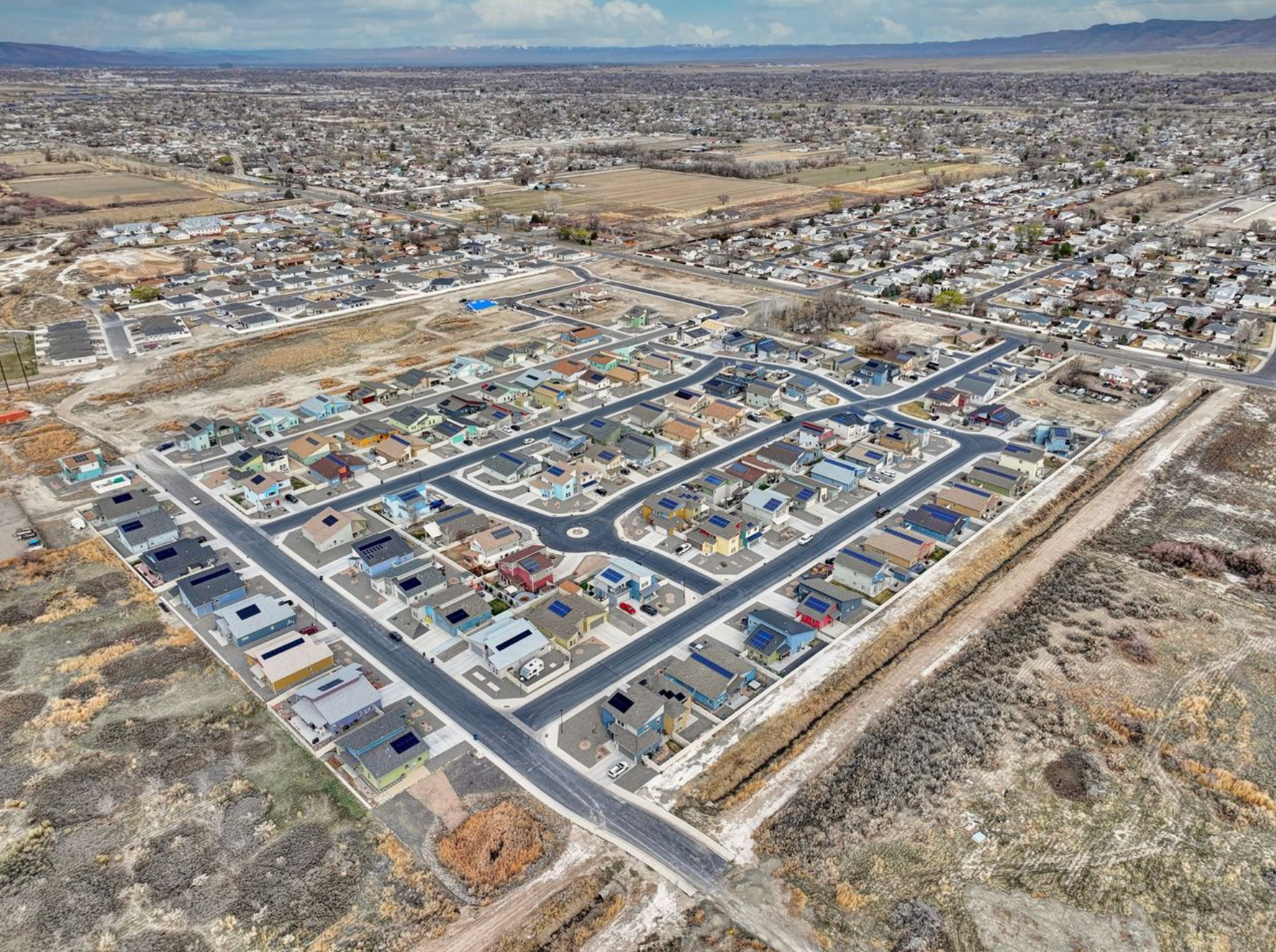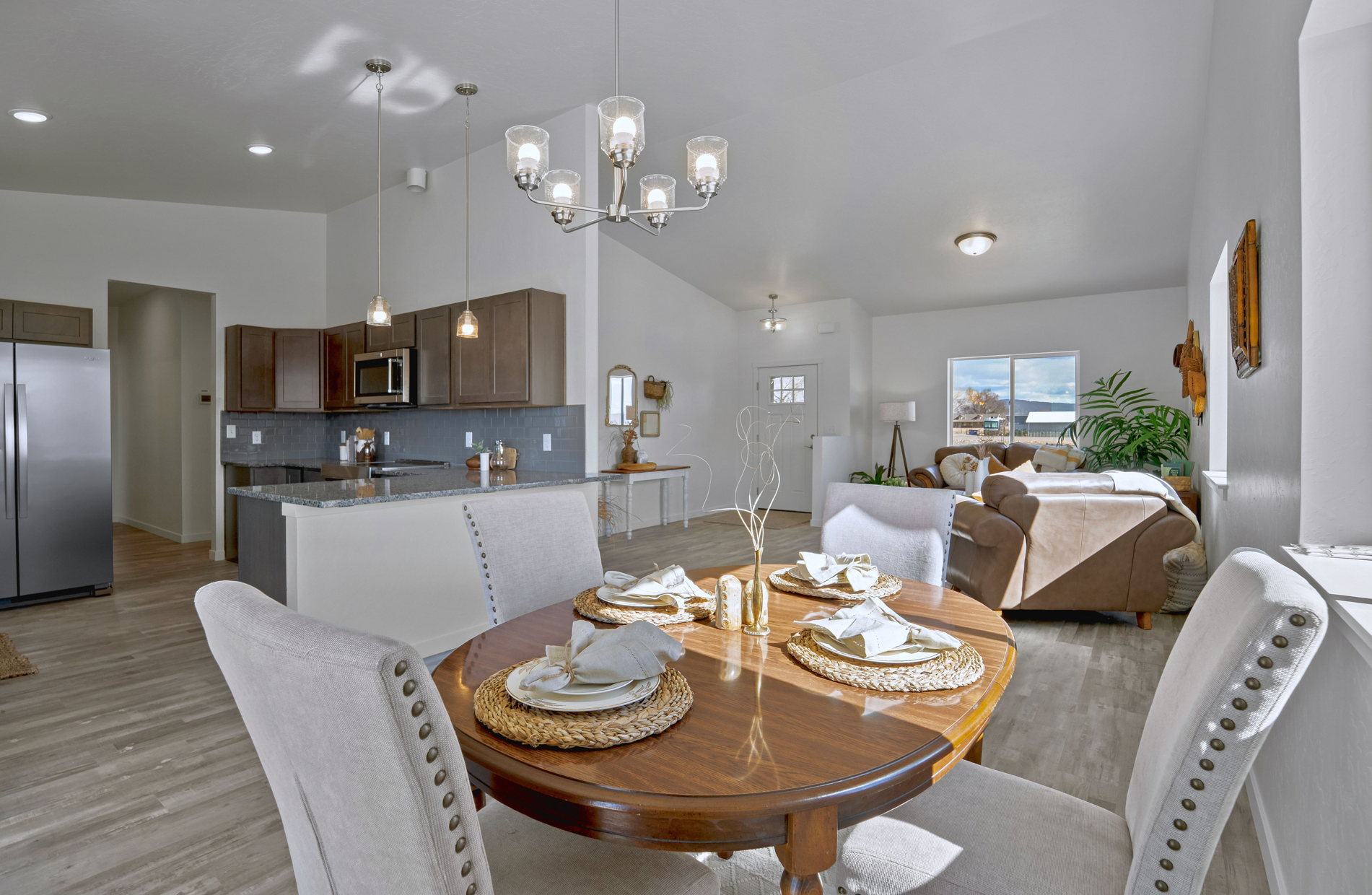Fun Facts About Energy Conservation

As we enter the month of July, sunshine becomes more abundant and the outdoors become more appealing. The more time we spend in the outdoors, the more open we become to appreciating the beauty of nature and what makes our Earth so special.
Now, summer is a time of fun. So in this blog, we at
Senergy Builders want to take this opportunity to talk about the fun facts that have to do with everything we stand for! Whether that’s energy efficient housing, solar power, LED lights, or a green lifestyle in general- let’s cover a basis of fun facts that have to do with eco friendliness.
Fun Facts about Energy Efficient Homes
- Energy efficient homes can save homeowners significant money on utility bills. In fact, according to the U.S. Department of Energy, energy efficient homes can save up to 30% or more on energy costs compared to traditional homes.
- Many energy efficient homes utilize passive solar design principles, such as strategic window placement and thermal mass, to maximize natural light and heat gain in the winter while minimizing heat gain in the summer, reducing the need for artificial lighting and mechanical heating and cooling.
- Green roofs, which are covered with vegetation, are a popular feature of energy efficient homes. They provide natural insulation, reduce stormwater runoff, and improve air quality by absorbing carbon dioxide and producing oxygen.
- Some energy efficient homes incorporate renewable energy technologies, such as solar panels or wind turbines, to generate electricity onsite. These systems can help homeowners reduce their reliance on fossil fuels and lower their carbon footprint.
- Energy efficient homes not only benefit homeowners but also contribute to environmental sustainability by reducing greenhouse gas emissions, conserving natural resources, and mitigating the impacts of climate change.
- Passive house design, a rigorous standard for energy efficiency, emphasizes a holistic approach to building design and construction. Passive houses are super-insulated, airtight, and incorporate energy-recovery ventilation systems to achieve ultra-low energy usage.
Fun Facts About The Interior of Energy Efficient Homes
- Energy efficient appliances and fixtures, such as ENERGY STAR-rated refrigerators, washing machines, and LED light bulbs, are commonly found in energy-efficient homes. These appliances use less energy than conventional models, saving homeowners money while reducing environmental impact.
- Energy efficient homes often feature advanced insulation materials, such as spray foam insulation or double-glazed windows, which help maintain consistent indoor temperatures and reduce heating and cooling costs.
- Energy efficient homes often feature high-efficiency HVAC systems, such as geothermal heat pumps or ductless mini-split systems, which provide precise temperature control and use less energy than traditional heating and cooling systems.
- Many energy efficient homes are designed with airtight construction and advanced air sealing techniques to minimize air leakage and drafts. This helps maintain indoor comfort and air quality while reducing energy consumption.

Fun Facts about LED Lights
- LED light bulbs use only around one-sixth of the electricity that the traditional incandescent bulbs use. But they are up to 40 times more long-lasting than the traditional ones
- LEDs have a variety of color temperatures. Color temperature measures the warmth or coolness of a light source. The higher the temperature in Kelvins (K), the bluer the light. Lower K temperatures typically have a yellow appearance. LEDs with a lower color temperature can create a cozy and calming living room or bedroom space, while those with a higher color temperature are very bright and great for a kitchen or workspace.
- According to
ENERGY STAR® , the typical LED lifespan is at least 35,000 hours. Look at it this way: If an LED bulb is installed in a newborn baby’s room, that bulb would work until they enter high school. It even has the potential to last until their first day of college!
Fun Facts About Solar Energy
- Harnessing solar energy from our sun for 60 minutes could cover the total energy demand of the entire Earth for one year.
- The history of solar power dates back over 2700 years ago. In 700 BC, glass lenses were used to make fire by magnifying the sun’s rays. The Greeks and Romans used to create buildings with south facing windows to allow the sun to heat and light indoor spaces. The first silicon solar cell was built by Bell Labs in 1954.
- Solar energy is used to power space crafts. Since the 1950s, various countries have used solar energy to power their space shuttles. The first artificial earth satellite, the Vanguard 1, launched in 1958. It remains the oldest manmade satellite in orbit, logging more than 6 billion miles.
- As fossil fuels are limited and meant to run out, Solar energy can be the primary source of power by 2040.
- A single lightning bolt releases five times more heat than the sun. When bolts from lightning are released into the atmosphere, they heat the air five times hotter than the sun does, up to 30,000°C.
Choose Senergy
To sum up what we do at Senergy Builders, we build energy efficient homes that are revolutionizing the way we think about living spaces. These homes are designed to both minimize energy consumption and simultaneously reduce environmental impact whilst enhancing comfort and functionality.
From solar panels and smart thermostats to innovative building materials and passive design strategies, energy efficient homes are at the forefront of sustainable living. Embracing our construction practices and methods not only lowers utility bills but also contributes to a greener future for generations to come.
Our commitment to sustainability is ingrained in every project we undertake, from residential developments to commercial complexes. By harnessing cutting-edge technology and employing eco-friendly materials, we ensure that each structure not only stands the test of time but also minimizes its carbon footprint. Join us in building a brighter, more sustainable future, one energy-efficient construction project at a time.
Thank you for reading our blog and covering the wide range of interesting facts that make the idea of living green even more fun than it already is.
We hope you have a great summer!
You might also like



